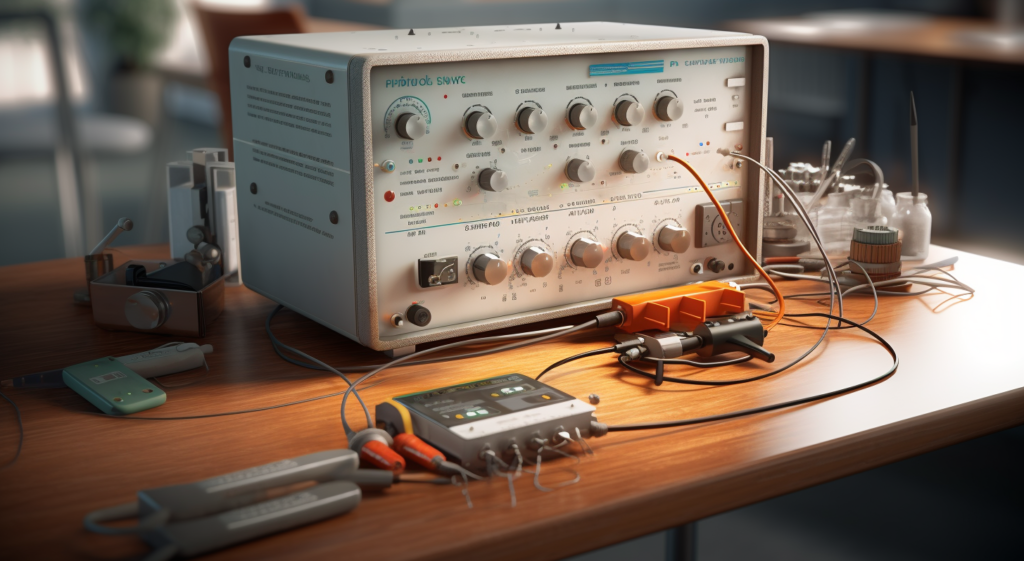A Faraday box is an enclosure designed to block electromagnetic fields. It works by redistributing electrical charges or radiation around its conductive exterior, keeping the internal environment completely isolated from radio frequency (RF) interference. Named after scientist Michael Faraday, this shielding method is widely used to protect sensitive electronics, especially in RF testing environments.
At its core, a Faraday box acts like an armor against wireless signals and electromagnetic waves. Whether you’re testing a smartphone, shielding a GPS device, or isolating Bluetooth components, the concept is the same: prevent external signals from entering and internal ones from escaping.

⚡ Featured Snippet Answer
A Faraday box works by using a conductive enclosure—often made from metal—that absorbs and redirects electromagnetic waves. This creates a shielded environment that blocks RF signals from penetrating inside, protecting any electronic devices placed within it from interference or unauthorized communication.
What’s the Science Behind a Faraday Box?
A Faraday box operates on the principle of electrostatic shielding. When electromagnetic waves—such as radio, Bluetooth, or Wi-Fi signals—encounter a conductive material, the material redistributes those waves across its surface. This prevents the waves from reaching the interior space.
The key components include:
- Conductive outer shell (usually metal)
- Continuous coverage without gaps
- Sealed seams and closures for RF integrity
- Absorbing layers or foams for higher-grade shielding (optional)
Electromagnetic fields (EMFs) can’t penetrate this kind of enclosure, which makes the Faraday box incredibly useful for testing environments where isolation is key.

What Does a Faraday Box Block?
Depending on the quality of construction, a Faraday box can block:
- Cellular signals (3G, 4G, 5G)
- Bluetooth
- Wi-Fi
- GPS
- RFID
- Radio waves
- Electromagnetic pulses (EMPs)
High-performance boxes like those built by Ramsey Electronics can block signals across a broad frequency range, including 100 MHz to over 6 GHz.
Common Devices Protected Inside a Faraday Box
Here are some common examples of electronics placed inside a Faraday box for testing or protection:
- Smartphones and tablets
- Laptops
- Routers and wireless transmitters
- Bluetooth devices
- GPS units
- RFID badges or tags
- Military-grade communication tools
Why Engineers and Test Labs Use Faraday Boxes
Professional RF testing labs and product engineers use Faraday boxes to:
- Prevent cross-signal contamination
- Measure device performance in a neutral EMF environment
- Isolate wireless modules during diagnostics
- Comply with FCC or CE regulatory testing
- Simulate real-world blocking scenarios
For example, Ramsey’s Faraday Cage Box enables precise, hands-on access inside the box without breaking signal containment—something that’s especially valuable during iterative testing.

What Materials Are Used in a Faraday Box?
Material choice directly impacts shielding effectiveness. Common materials include:
- Aluminum – Lightweight and good for moderate shielding
- Copper – Highly conductive and ideal for high-frequency protection
- Steel – Strong and cost-effective for lower-frequency signals
- Nickel-coated fabric or foam – Adds absorption layers to metal enclosures
Ramsey Electronics’ test enclosures use metal-on-metal contact, RF tight seals, and precision construction to ensure maximum shielding integrity.
Need a lab-grade Faraday box that delivers real results?
Explore Ramsey Electronics’ Faraday Cage Box →
When You Should Use a Faraday Box
Consider using a Faraday box when:
- Testing wireless devices
- Shielding electronics from potential EMPs
- Preventing data leaks during transport
- Protecting sensitive data in security or law enforcement use cases
- Avoiding interference during development of new products
Final Thoughts
Faraday boxes are more than just metallic containers—they’re essential tools for today’s connected world. From engineering labs to field ops, their ability to shield sensitive electronics makes them a smart investment in signal control and device testing.
If you’re serious about protecting or testing electronics in a secure, signal-free environment, Ramsey Electronics has you covered.
Check out our Faraday Box solutions now.

